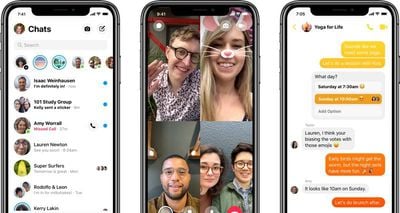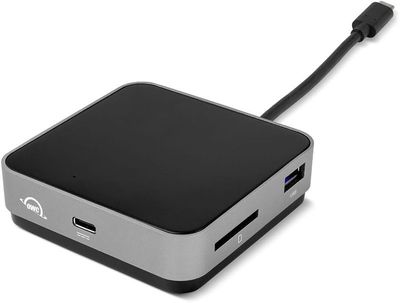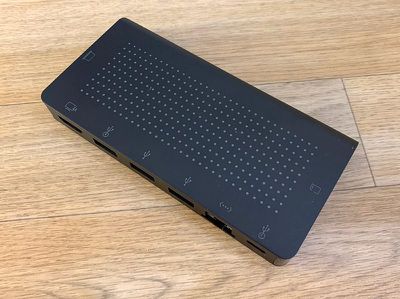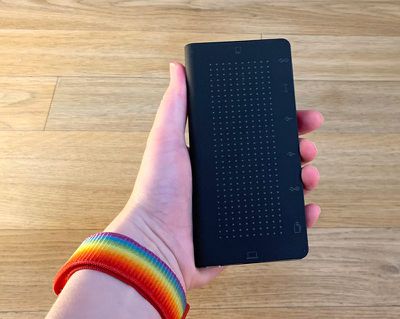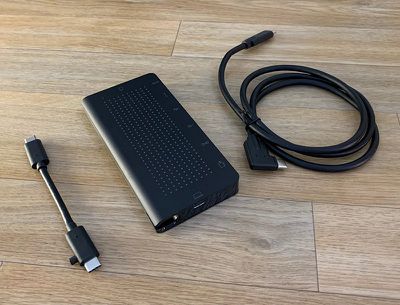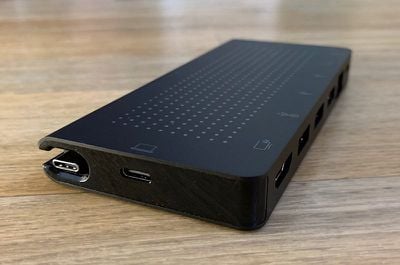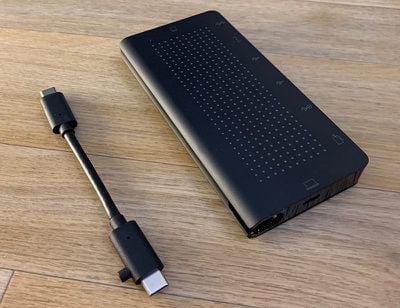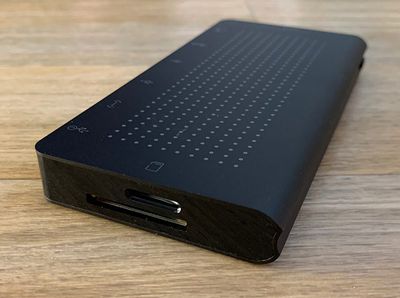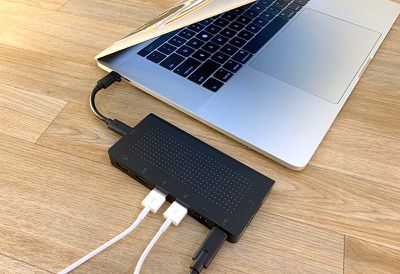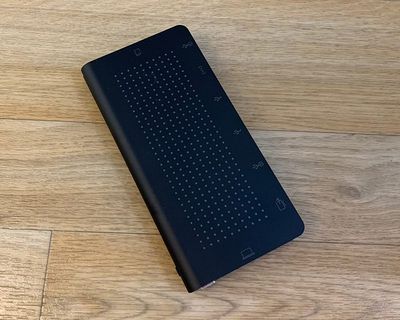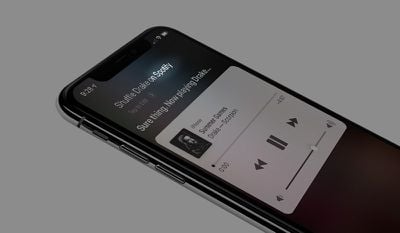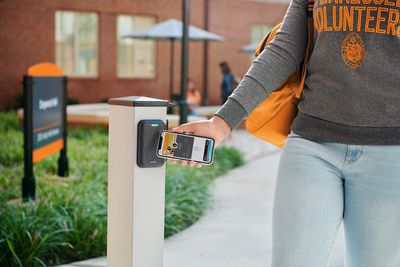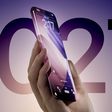Apple last week began allowing some iPhone users to sign up for Apple Card as part of a limited test ahead of a wider launch, and we got our hands on one of the new cards.
In our latest YouTube video, we highlight the Apple Card sign up process, how it works, what it looks like, and how the titanium card feels in person for those who haven't yet had a chance to sign up.
Apple Card, which Apple created in partnership with Goldman Sachs, is a credit card that's designed to be simple, straightforward, and easy to use, making it ideal for those who are new to credit cards or who are looking for something no-frills that's easy to understand.
Signing up for Apple Card can be done in the Wallet app, and the entire process takes just a couple of minutes from the time that you enter your name, address, and other info to approval or rejection.
Your APR (interest rate) and your credit limit are based on your credit score, and Apple is aiming to make the Apple Card available to most people so even those with scores in the 600s have reported being approved.
Once you've signed up for Apple Card, you can use it right away for Apple Pay purchases both in stores and online because it's deeply integrated into the iPhone. It works like any other credit card you've added to Apple Pay. At the same time, Apple sends you a physical titanium card in the mail that can be used where Apple Pay isn't available. It takes a few days for the titanium card to arrive, and it's worth the wait.
The titanium Apple Card is uniquely Apple, featuring a simple design that's engraved with your name and no other information. There's no card number, CVV, or expiration date on the card, though there is a chip and a traditional magstripe for purchases.
Your card number, CVV, and expiration date can be found inside the Wallet app if you need that info for online purchases where Apple Pay isn't accepted. Your card number can even be changed on a semi-regular basis, which means it's more secure than a traditional credit card. That's one of the main benefits of the Apple Card.
The titanium card is hefty and it weighs more than your average plastic credit card, plus it's about twice as thick. It's a statement card for sure, and it stands out when you use it. When you use either your physical Apple Card or the digital Apple Pay version, Apple tracks all of your purchases in detail, which is the other major Apple Card benefit.
There's a virtual card in the Wallet app that starts out white but changes color based on what you're buying. Apple organizes all of your purchases into different categories that each have a color, making it easy to see what you're spending your money on each month. Apple offers detailed purchase tracking, full merchant name info (so no purchase is ever ambiguous), and instant notifications when you make a purchase (so you know right away if something's charged you didn't authorize).
Apple Card doesn't offer benefits like extended warranties or purchase protection, but it does have a cash back feature that's paid out each day. You get 3% cash back on purchases made from Apple (or its digital stores), 2% cash back on all Apple Pay purchases, and 1% cash back for all other purchases with the titanium card.
Cash is paid out at the end of each day and is added to your Apple Cash card, also in the Wallet app. The Apple Cash card can be used for purchases or the balance can be transferred to your bank account.
Payments are made in the Wallet app through a linked bank account, and it's worth noting that there is no web option. That's potentially going to be a hassle if you lose your iPhone and need to make a payment, but your Apple Card can be managed on your other iOS devices too.
When it comes to payments, Apple's aiming to make it so you pay as little interest as possible. Apple will send reminders when payment is due, encourage you to make extra payments to cut down on interest, and help you understand exactly how much interest you're going to be charged.
Apple Card can't match other cards when it comes to benefits, travel rewards, and specific cash back options, but where it does win out over other cards is its deep integration into the Wallet app and the effort Apple put in to making it understandable.
Your purchases are clearly outlined, your spending is tracked across different categories so you can better budget and track your money, and payment information is optimized for your benefit, rather than the benefit of the credit card company.
For more on Apple Card, make sure to check out our comprehensive Apple Card guide.
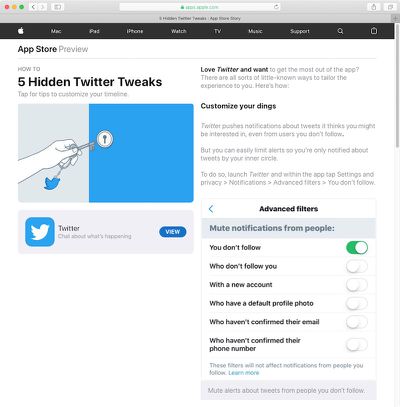


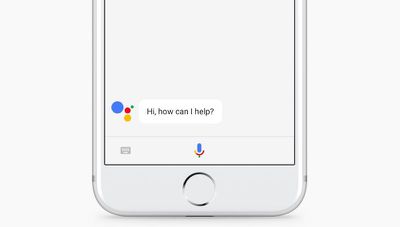

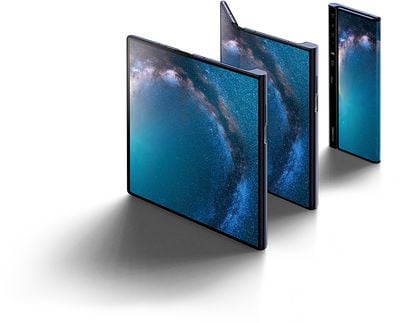
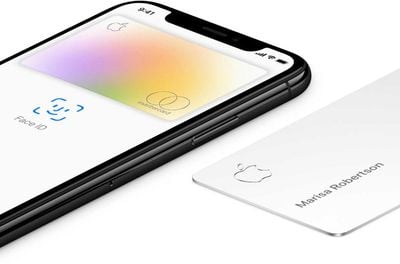
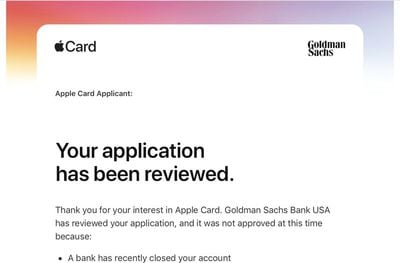
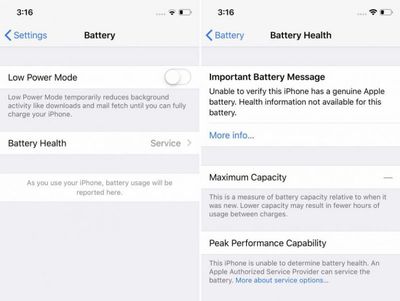
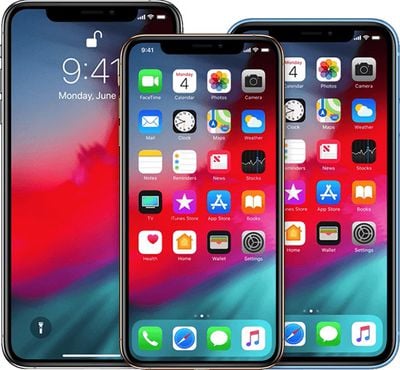
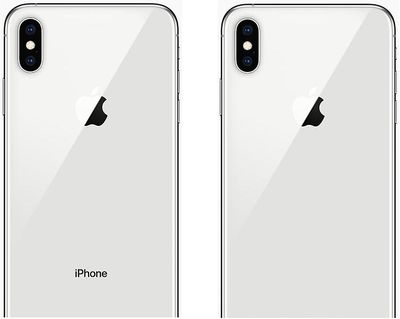
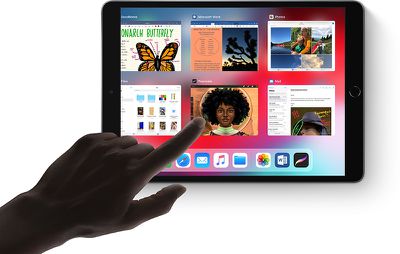 Note: MacRumors is an affiliate partner with Amazon. When you click a link and make a purchase, we may receive a small payment, which helps us keep the site running.
Note: MacRumors is an affiliate partner with Amazon. When you click a link and make a purchase, we may receive a small payment, which helps us keep the site running.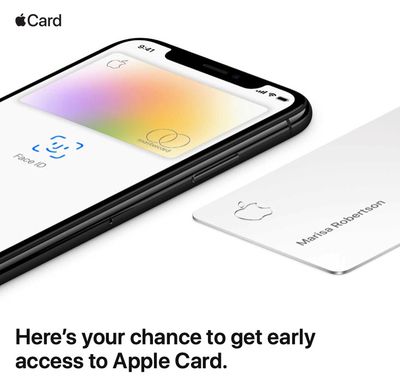
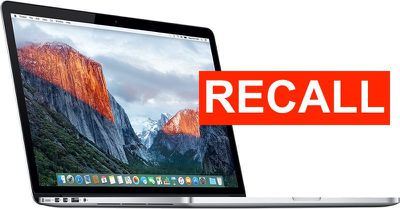
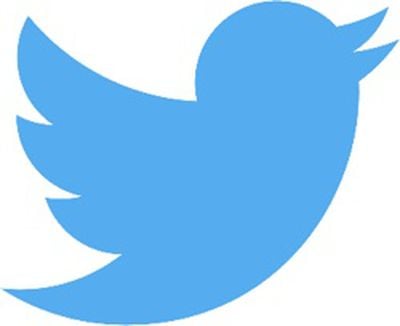 Twitter this afternoon unveiled several new features that are in the works for the social network, sharing the news at an event for press that was attended by
Twitter this afternoon unveiled several new features that are in the works for the social network, sharing the news at an event for press that was attended by 